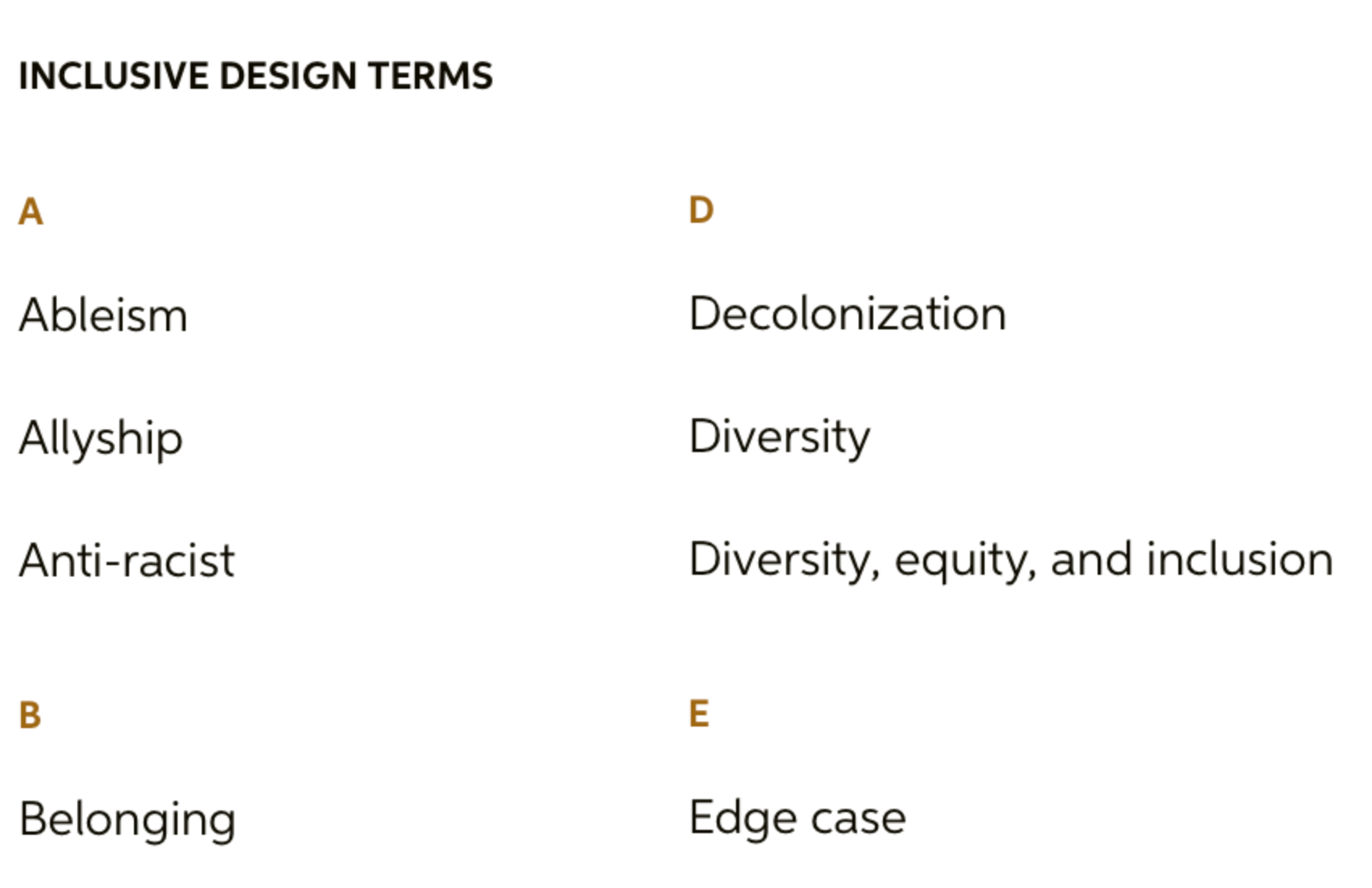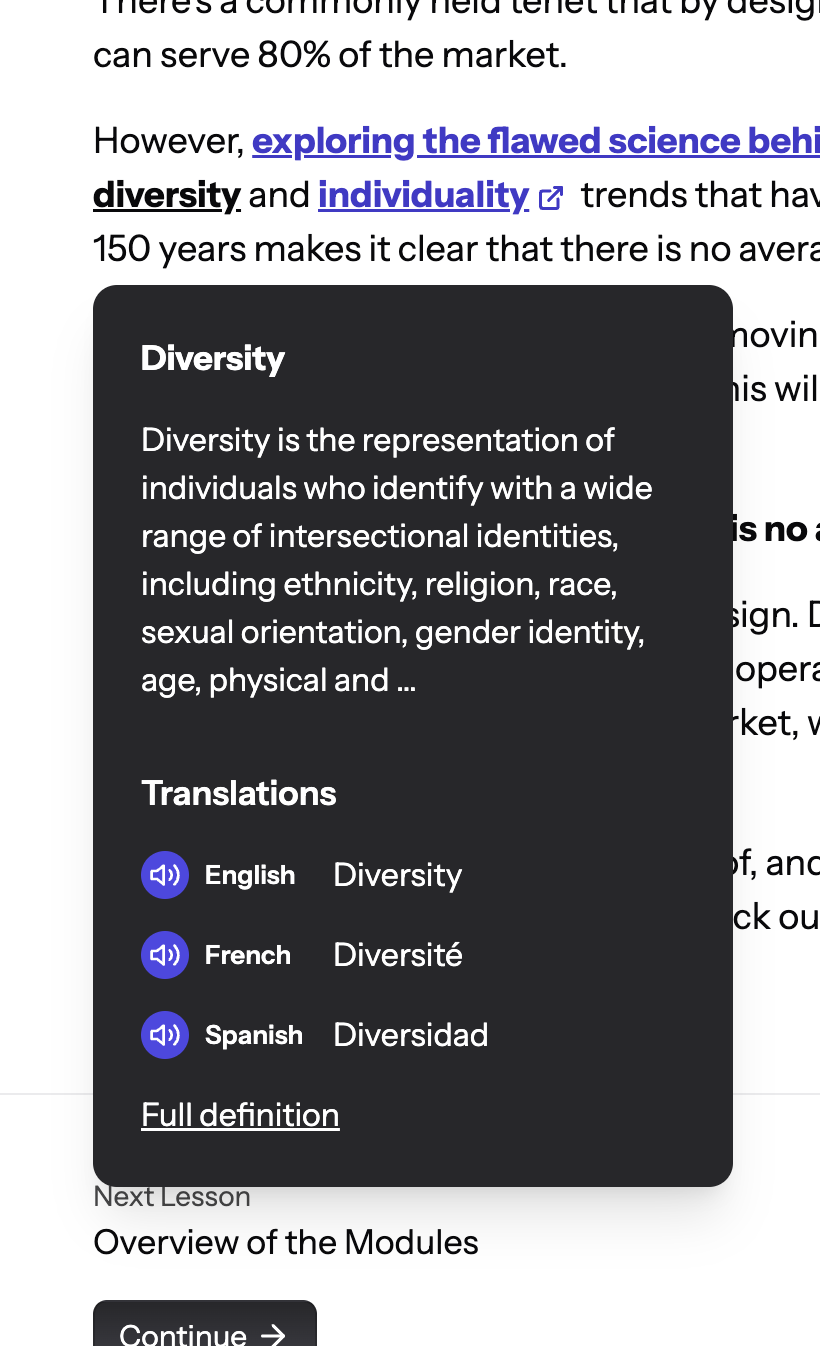In today’s workplaces, employees and collaborators from across the globe come together to deliver the best products and services across international regions.
Much of this work is driven by English-language business. So much so that organizations we’ve worked with in South America, the Middle East, and South Asia have asked us to focus on English-language training for their staff and students.
The intention behind this English-first approach is to grow capacity and capability in doing business globally, but the result can make onboarding, upskilling, and collaboration more difficult.
Through our ongoing research and practice at Say Yeah, we asked: how might we improve how language is incorporated in learning programs to better enable a global and diverse workforce?
Instead, we need to integrate multiple languages into a single course to help forge new pathways that elevate learning and collaboration.
Let’s take a look at how this works.
Getting started with an English-language course is common across the globe. In the examples that follow, we’ll reference our Practical Inclusive Design course.
One of the key considerations (and gaps we see across courses) is that, while new terms are consistently introduced to learners throughout a course, there’s no easy way to gather or reference those terms.
A Glossary should be standard across all courses.

A Glossary is a central reference for learners to jog their memory related to key topical terms. And it allows for so much more.
In addition to gathering key terms related to a course topic, we can move beyond the written word to incorporate audio. This helps learners not just see and spell a word, but also incorporate it into their vocabulary with confidence, whether reading, writing, or speaking.
Better still, we can expand the capabilities of a glossary to include the most common languages spoken in a region, workplace, or with global partners. In our course example, we’ve included English, French, Spanish, and Arabic.

You can easily add more languages that may be relevant to your workforce or group of learners.
Now you can prepare for a discussion with a colleague who speaks another language by reading and listening to those keywords relevant to your conversation in their native language.
And there’s more.

The foundation of the glossary allows for new integrated multi-lingual references across an entire course. Consider when you’re working through a new course, coming across new terms.
On any page of a course, the terms you may not be familiar with are highlighted. By clicking on the term, not only do you see the definition in the language of the course, but you can hear how this word sounds.
If you’re new to English, you can see the word in your native language to help you make the connection to this new English term.
Or, if you’re collaborating with a colleague who prefers a language other than English, you can review the word in their language and join them in conversation.
This kind of integrated multi-lingual learning is a natural evolution for eLearning that we can help you provide, whether integrating these capabilities within your existing eLearning authoring tools or helping you get started.
Get in touch today to talk about how we can help your entire organization learn and work smarter.